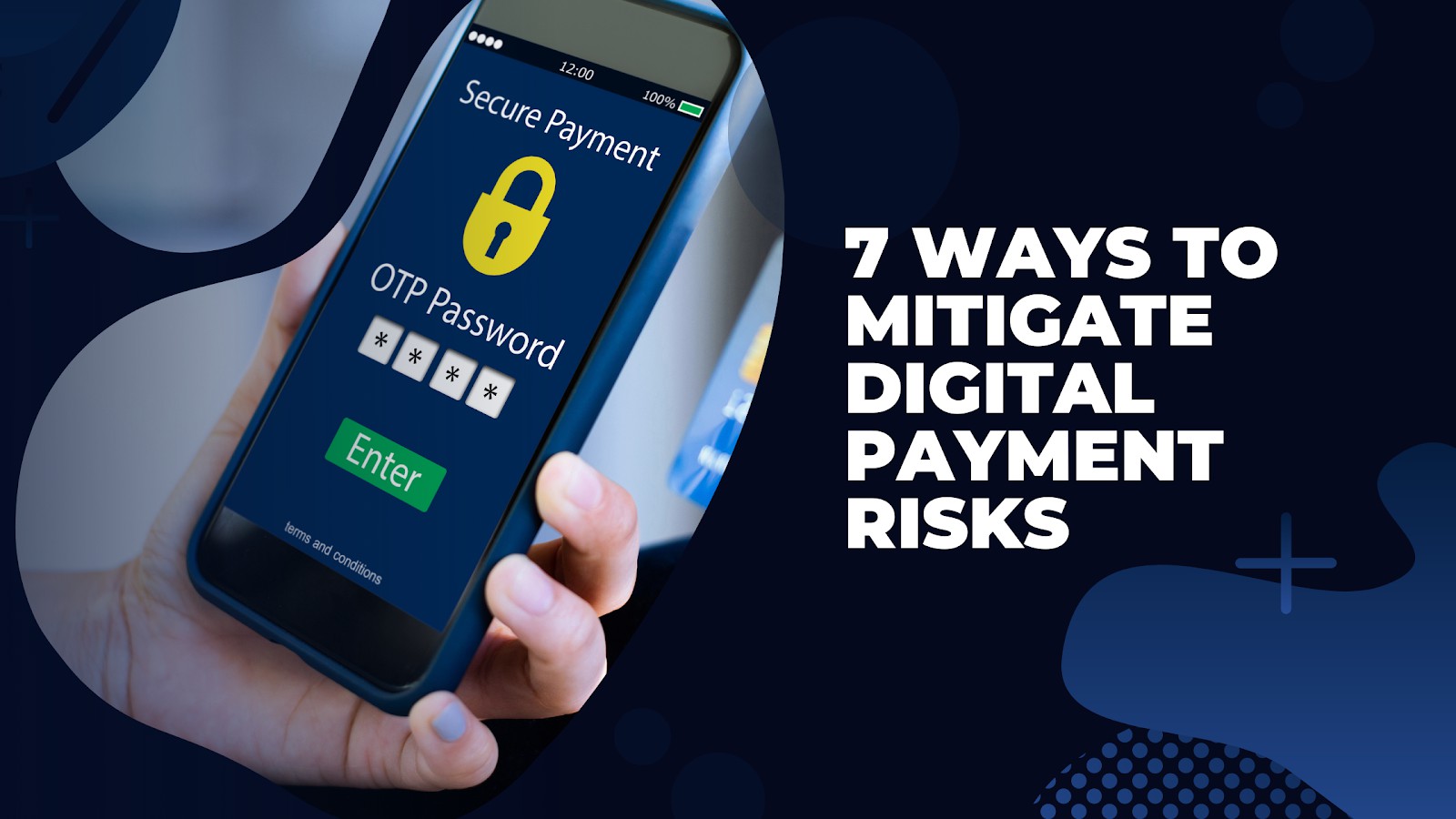Digital payments are rising rapidly. The growth has been mainly attributed to the spread of smartphones. This means that you need to be aware that digital payments are becoming more common by the day, and the risk of them is likely increasing as well. There are some ways that you can mitigate digital payment risks; if used improperly, they can compound quickly.
1. Use a strong password
It’s tempting to use easy passwords like “1234” or “password.” But if your password is too simple, it can be hacked by anyone with less than 30 seconds of free time. Make sure your passwords are at least 15 characters long, have both upper and lowercase letters and numbers in them, and don’t contain any personal information (like your first name).
2. Ensure your internet connection is secure
It is important to have a secure internet connection when doing digital transactions. If you use public Wi-Fi connections, make sure they are encrypted, or else you may be susceptible to man-in-the-middle attacks where someone can intercept your data as it travels over the network. You can also use Virtual Private Networks (VPNs) to encrypt your data while using public Wi-Fi networks so that only authorized users can access it.
3. Make sure the website you are using is legitimate
You should always ensure that the website you use to conduct digital payments is legitimate and secure. Look for the lock symbol in your browser or a URL that starts with “https://” before inputting any sensitive information or making a payment. You should also avoid clicking on links that appear to be sent by your bank or credit provider, as they could contain malware or viruses.
4. Keep up with the latest cyber security threats
It is important to keep up with the latest cybersecurity threats and learn how they can affect your financial security. For example, if ransomware attacks are increasing in frequency and severity, it may be prudent to consider investing in anti-ransomware software or other defenses against such attacks. Similarly, if phishing emails are becoming more common than ever before, then it might make sense to get a subscription service that will warn you when an email looks suspicious so that you can delete it without opening it first!
5. Consider requesting alerts from your financial institution, credit card issuer, or payment provider
If you’re worried about being scammed by a digital payment scam, you can ask your financial institution to send you alerts if any unusual activity is detected on your account. That way, if something fishy happens, you’ll know about it right away.
6. Don’t click on unknown links or attachments in emails
If you get an email from someone claiming to be from your bank about suspicious activity on your account and asking for personal information like your social security number and credit card numbers, don’t fall for it. It’s a scam! Contact the company directly through their secure website instead of clicking on any links or opening any attachments in these emails–they won’t be able to help you if they don’t know how they were compromised in the first place.
7. Be aware of phishing scams
Phishing scams are quite serious in digital payment space. Scammers will try to trick you into giving away your personal information—like passwords, account numbers, and more—by pretending to be a company you trust or a friend who needs your help. They’ll often send you an email or text message asking for information like this.
If you receive a suspicious email or text message from someone claiming to be from your bank, never click any links or attachments in the email. Instead, call the bank directly using the number on their website or from your phone book.
Conclusion: It pays to be safe when using digital payments.
The rise of digital transactions has opened up new opportunities for fraudsters. Companies that handle payments – banks, credit card companies, and other payment processors – are investing heavily in security, both to identify fraud as it happens and to help mitigate risks. As technology improves, risks associated with digital payments are likely to fall as well.
This is your chance to secure your business transactions.
Payment Pilot’s payment processing services are affordable and easy to use.


